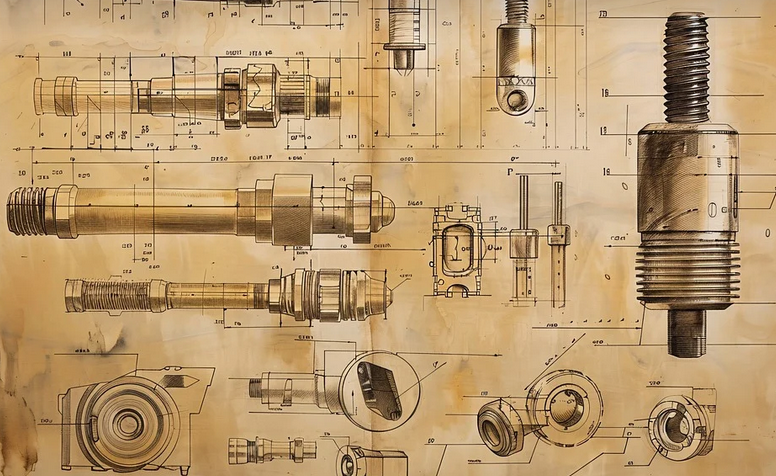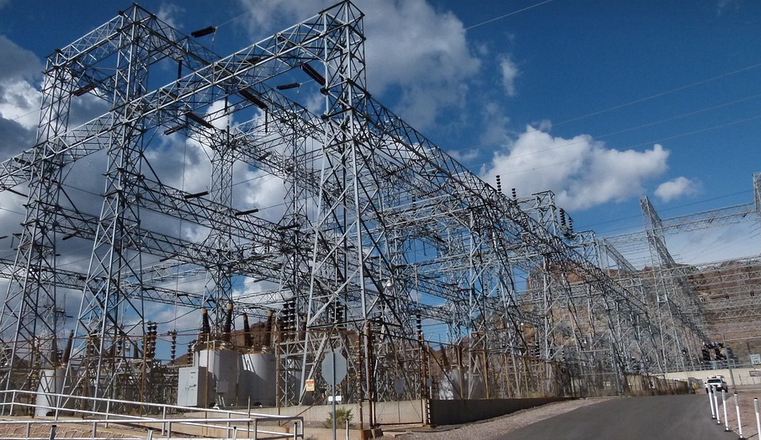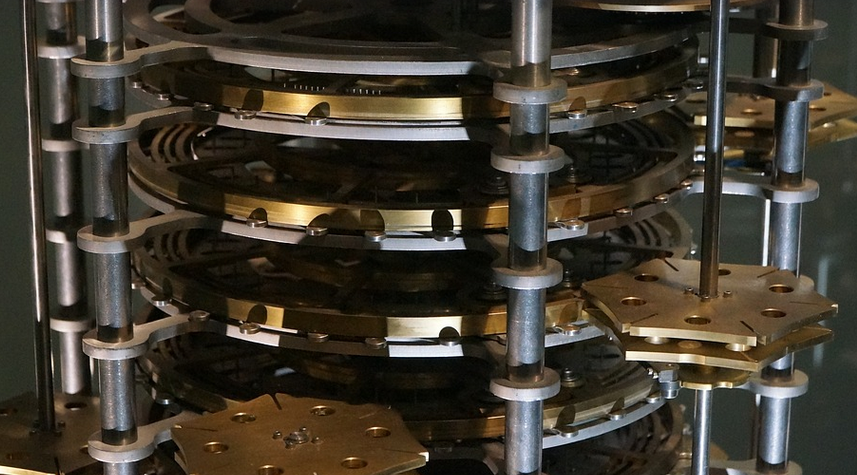What is Rod and Level Surveying?
Rod and level surveying, also known as leveling surveying or simply “leveling,” is a fundamental land surveying technique used to determine the relative elevations of points on a surface. Imagine you’re trying to build a house; you need to ensure that each floor is perfectly level, right? Leveling ensures accurate ground elevations for various purposes like construction, road design, and even just landscaping your backyard.
Rod and level surveying utilizes simple tools like levels (instruments used to measure horizontal angles), rods (measuring sticks), a theodolite (an instrument used to determine horizontal angles and vertical distances), and a set of pegs. It’s all about precision measurements, ensuring every point is situated at precisely the desired level.
How Does Rod and Level Surveying Work?
The process involves several key steps:
- Setting up:** This begins by establishing clear benchmarks or reference points. These act as anchors for accuracy and are typically marked with a high-visibility sight line.
- Vertical Measurement: A steel rod is carefully positioned, ensuring it’s plumb (perfectly vertical). Then, the level is used to determine the difference in elevation between that point and the benchmark. This measurement is crucial for establishing accurate elevations.
- Horizontal Measurement: Using a theodolite, the horizontal angle of the rod from the established reference point (benchmark) is precisely measured.
Rods and Levels in Action
Let’s delve into the process with an example:
Imagine you need to build a new road at a specific elevation. First, you need to determine the precise level of the land where the road will be constructed. This involves using rods and levels to measure the horizontal distance between the existing benchmarks and the future location of the road’s starting points.
Next, you must accurately determine the vertical alignment. You connect this to your benchmark by establishing a plumb line (a straight line extending from the rod to the surface) using the level. You then precisely measure the difference between the height of the benchmark and the desired road elevation at each point along the road’s path.
Why is Rod and Level Surveying Important?
Rod and level surveying offers a ton of benefits, which makes it an indispensable tool for many fields:
- Accuracy: The precision of this method ensures accurate elevation data, making it crucial for constructing structures, mapping land, laying out infrastructure like pipelines or power lines, and plotting locations for construction projects.
- Efficiency: Because the process is relatively straightforward and involves a few simple tools, this method helps save time and money while still delivering accurate results.
The Future of Rod and Level Surveying
The field of surveying continues to evolve with technology! While traditional methods like rod and level surveying remain valuable, new technologies like GPS receivers offer even greater accuracy and efficiency for land surveyors.
With advancements in automation and the use of drones, the future looks bright for this method. These innovations will continue to enable more precise measurements and contribute significantly to shaping our world.



